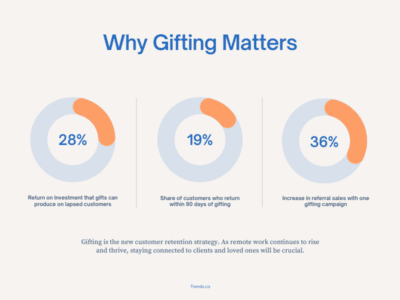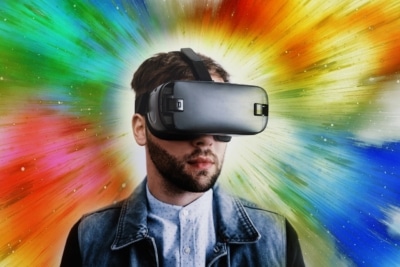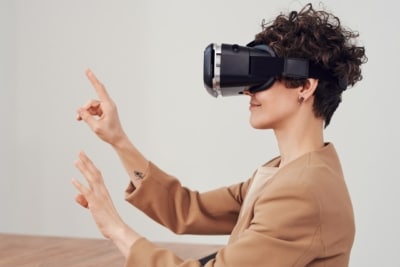Forget giving loyalty points – gifting is the new customer retention strategy. As remote EVERYTHING continues to rise, keeping connected to clients and loved ones will be key.
Gifting companies had record breaking years in 2020 and 2021. 1-800-FLOWERS had record growth, along with startups like &Open and Gracia.
Many of our marketing portal customers have added gifts and merchandise to their sites.
 Employees can order wearables that they want with gifted dollars as a reward for length of employment or going that extra mile.
Employees can order wearables that they want with gifted dollars as a reward for length of employment or going that extra mile.
It’s always a good idea to send “care packages” to employees that are stuck at home and feeling unappreciated. We mailed succulents, candles, Christopher Elbow chocolates and warm fuzzy blankets with personalized cards.
Our latest project is working with a local company to personalize cards that our clients want to send with their gifts that we warehouse here. They have many design templates for birthdays, holidays, Thank You for the Order or Welcome to Your New Home, that we can match up with an appropriate gift that they specify.
Some of our larger companies are adding the feature to their portal so that their salespeople, through their CRM like Salesforce, can send gifts or cards to their clients for special occasions or just because!
If you want to talk more about gifting options through a marketing portal, please give us a call!

 Consumer and Enterprise VR market revenue is expected to reach 6.71 billion by the end of 2022, and 12.9 billion by 2024.
Consumer and Enterprise VR market revenue is expected to reach 6.71 billion by the end of 2022, and 12.9 billion by 2024. Below are nine of our favorite campaigns.
Below are nine of our favorite campaigns.


